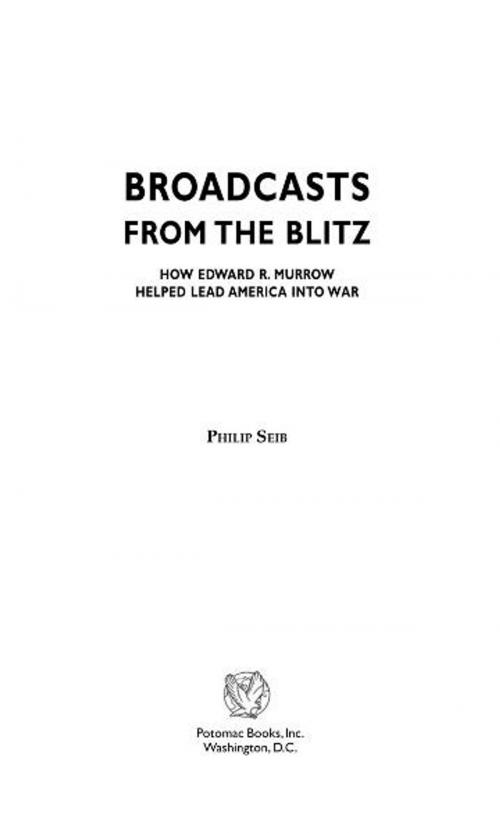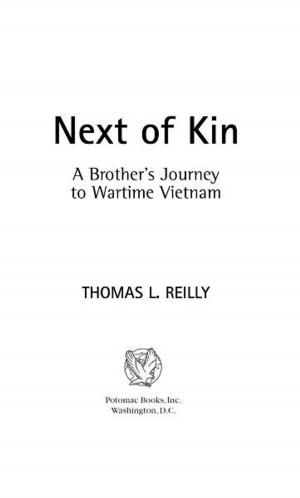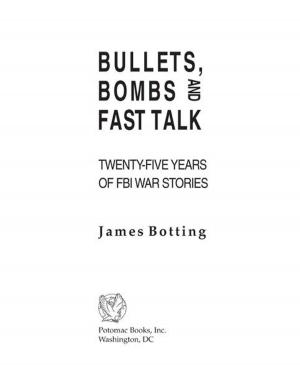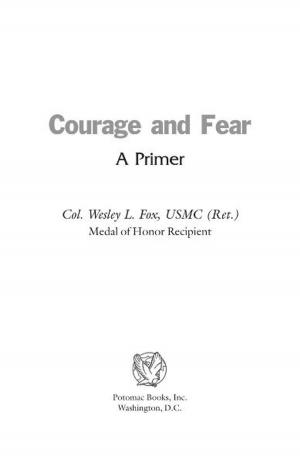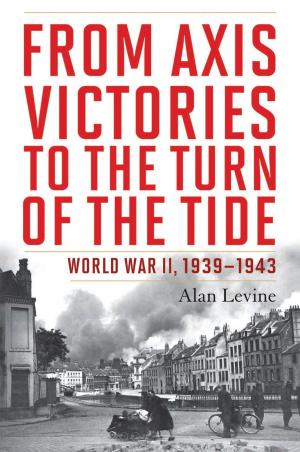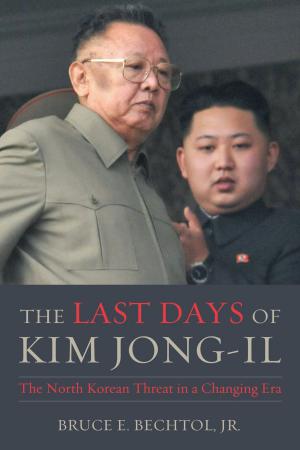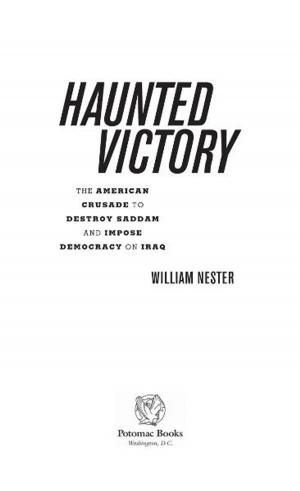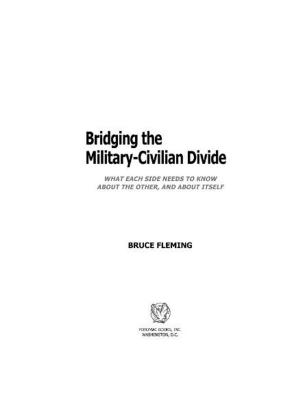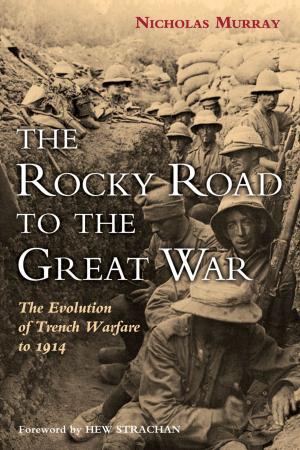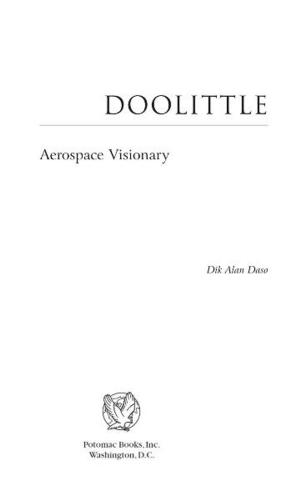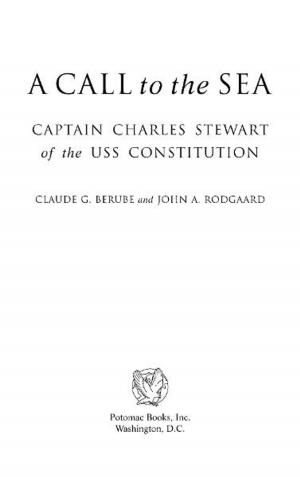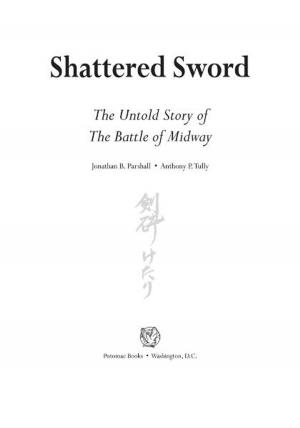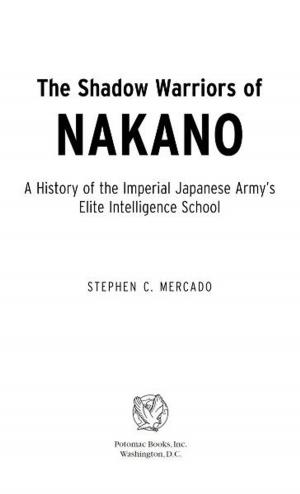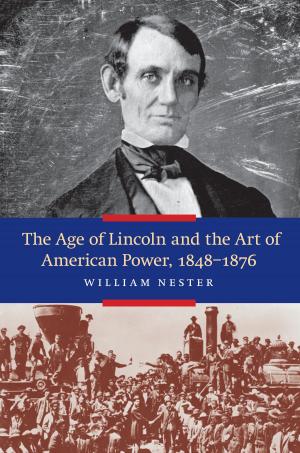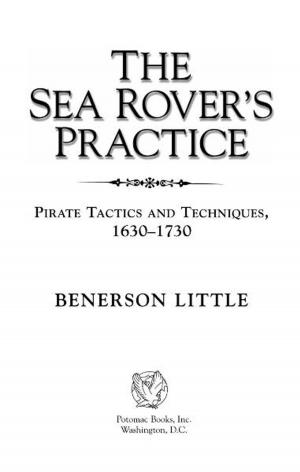| Author: | Philip Seib | ISBN: | 9781597973946 |
| Publisher: | Potomac Books Inc. | Publication: | April 30, 2006 |
| Imprint: | Potomac Books Inc. | Language: | English |
| Author: | Philip Seib |
| ISBN: | 9781597973946 |
| Publisher: | Potomac Books Inc. |
| Publication: | April 30, 2006 |
| Imprint: | Potomac Books Inc. |
| Language: | English |
With the words ôThis is London,ö Edward R. MurrowÆs groundbreaking radio broadcasts from 1939 to 1941 brought the blitz into AmericaÆs living rooms. Countering the tide of U.S. isolationism, Murrow told his huge audience that the United States could not avoid a confrontation with Hitler and that the bombs it heard falling during his reports would eventually be targeted at American cities. But although often cited as the paragon of journalistic objectivity, Murrow had a clear agendaùto bring America into the warùand he slanted his broadcasts accordingly. And behind the scenes, he helped the British court U.S. public opinion and secure American funds for a British intelligence operation.
Broadcasts from the Blitz examines MurrowÆs work and life during this crucial time. It also profiles unsung heroes of those days, such as U.S. ambassador John Winant and Winston ChurchillÆs confidant Brendan Bracken, and villains as wellùsuch defeatists as Joseph Kennedy and Charles Lindbergh, who believed England was doomed. Other compelling characters include Eric Sevareid, Mollie Painter-Downs, and Nancy Astor, whose ôCliveden setö was accused of being too cozy with the Germans. They and many others mixed in a London that remained vibrant even as it was being battered. Broadcasts from the Blitz is a story of courageùof a journalist broadcasting live from London rooftops as bombs fell around himùand of intrigue, as the machinery of two governments pulled America and Britain together in a common cause. Finally there is the drama of December 7, 1941, when Murrow was the sole journalist to meet with Roosevelt. Broadcasts from the Blitz is for all those interested in the influential career of an extraordinary man and in the relationship between journalism and politics.
Broadcasts from the Blitz examines MurrowÆs work and life during this crucial time. It also profiles unsung heroes of those days, such as U.S. ambassador John Winant and Winston ChurchillÆs confidant Brendan Bracken, and villains as wellùsuch defeatists as Joseph Kennedy and Charles Lindbergh, who believed England was doomed. Other compelling characters include Eric Sevareid, Mollie Painter-Downs, and Nancy Astor, whose ôCliveden setö was accused of being too cozy with the Germans. They and many others mixed in a London that remained vibrant even as it was being battered. Broadcasts from the Blitz is a story of courageùof a journalist broadcasting live from London rooftops as bombs fell around himùand of intrigue, as the machinery of two governments pulled America and Britain together in a common cause. Finally there is the drama of December 7, 1941, when Murrow was the sole journalist to meet with Roosevelt. Broadcasts from the Blitz is for all those interested in the influential career of an extraordinary man and in the relationship between journalism and politics.
With the words ôThis is London,ö Edward R. MurrowÆs groundbreaking radio broadcasts from 1939 to 1941 brought the blitz into AmericaÆs living rooms. Countering the tide of U.S. isolationism, Murrow told his huge audience that the United States could not avoid a confrontation with Hitler and that the bombs it heard falling during his reports would eventually be targeted at American cities. But although often cited as the paragon of journalistic objectivity, Murrow had a clear agendaùto bring America into the warùand he slanted his broadcasts accordingly. And behind the scenes, he helped the British court U.S. public opinion and secure American funds for a British intelligence operation.
Broadcasts from the Blitz examines MurrowÆs work and life during this crucial time. It also profiles unsung heroes of those days, such as U.S. ambassador John Winant and Winston ChurchillÆs confidant Brendan Bracken, and villains as wellùsuch defeatists as Joseph Kennedy and Charles Lindbergh, who believed England was doomed. Other compelling characters include Eric Sevareid, Mollie Painter-Downs, and Nancy Astor, whose ôCliveden setö was accused of being too cozy with the Germans. They and many others mixed in a London that remained vibrant even as it was being battered. Broadcasts from the Blitz is a story of courageùof a journalist broadcasting live from London rooftops as bombs fell around himùand of intrigue, as the machinery of two governments pulled America and Britain together in a common cause. Finally there is the drama of December 7, 1941, when Murrow was the sole journalist to meet with Roosevelt. Broadcasts from the Blitz is for all those interested in the influential career of an extraordinary man and in the relationship between journalism and politics.
Broadcasts from the Blitz examines MurrowÆs work and life during this crucial time. It also profiles unsung heroes of those days, such as U.S. ambassador John Winant and Winston ChurchillÆs confidant Brendan Bracken, and villains as wellùsuch defeatists as Joseph Kennedy and Charles Lindbergh, who believed England was doomed. Other compelling characters include Eric Sevareid, Mollie Painter-Downs, and Nancy Astor, whose ôCliveden setö was accused of being too cozy with the Germans. They and many others mixed in a London that remained vibrant even as it was being battered. Broadcasts from the Blitz is a story of courageùof a journalist broadcasting live from London rooftops as bombs fell around himùand of intrigue, as the machinery of two governments pulled America and Britain together in a common cause. Finally there is the drama of December 7, 1941, when Murrow was the sole journalist to meet with Roosevelt. Broadcasts from the Blitz is for all those interested in the influential career of an extraordinary man and in the relationship between journalism and politics.
